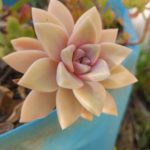Echeveria, a genus of succulent plants belonging to the Crassulaceae family, has been captivating plant enthusiasts worldwide for its striking beauty and ease of care. Native to the arid regions of Central and South America, these stunning plants have gained immense popularity in recent years, becoming a favorite among gardeners, collectors, and interior designers alike. In this blog, we will delve into the origin and history of Echeveria, explore fascinating facts about these succulents, discuss potential health benefits, and ponder the promising future of these delightful plants.
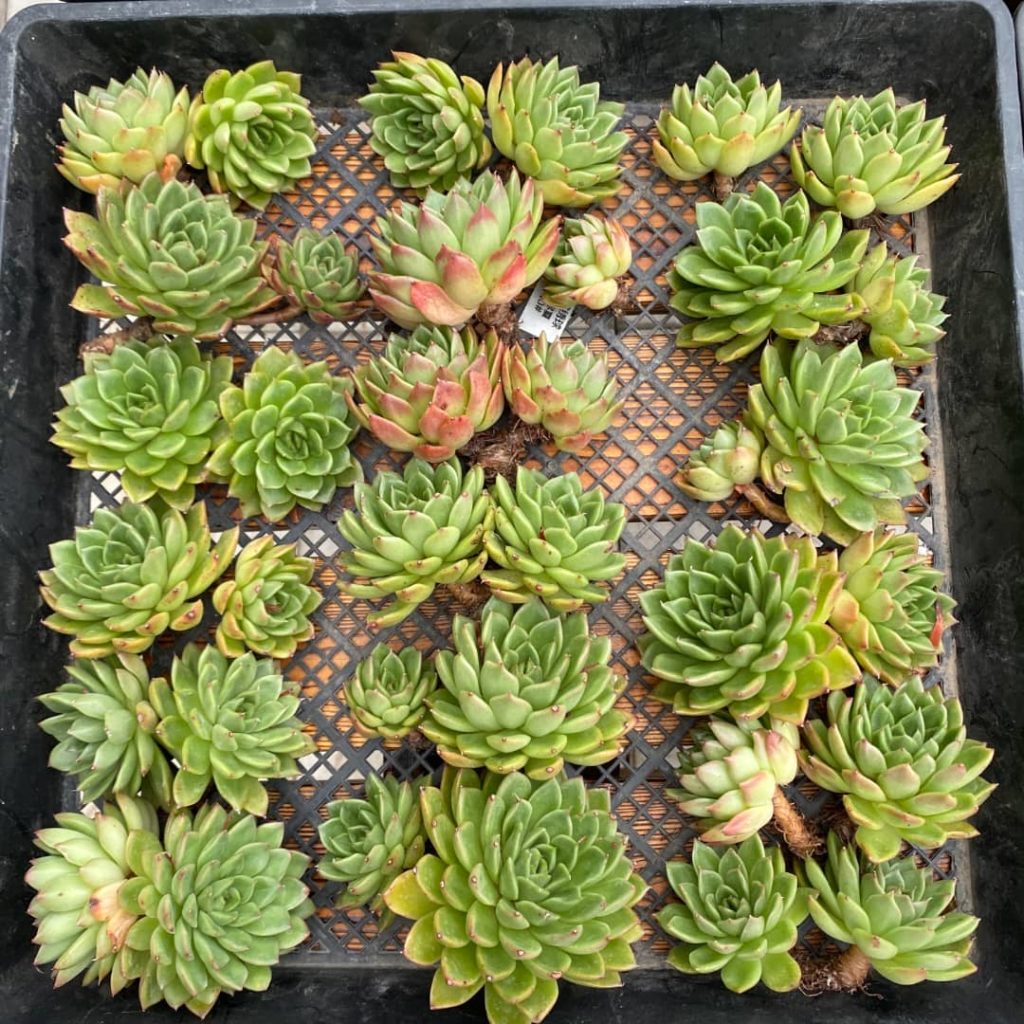
- Origin and History:
The Echeveria genus is named after the renowned Mexican botanical artist Atanasio Echeverría y Godoy (1771-1828), who contributed significantly to the study of Mexican flora during the 19th century. Echeveria plants are native to regions in Central America, primarily Mexico, and parts of South America, such as Argentina and Uruguay. These plants have adapted to survive in harsh, arid climates, often growing in rocky, well-draining soils.
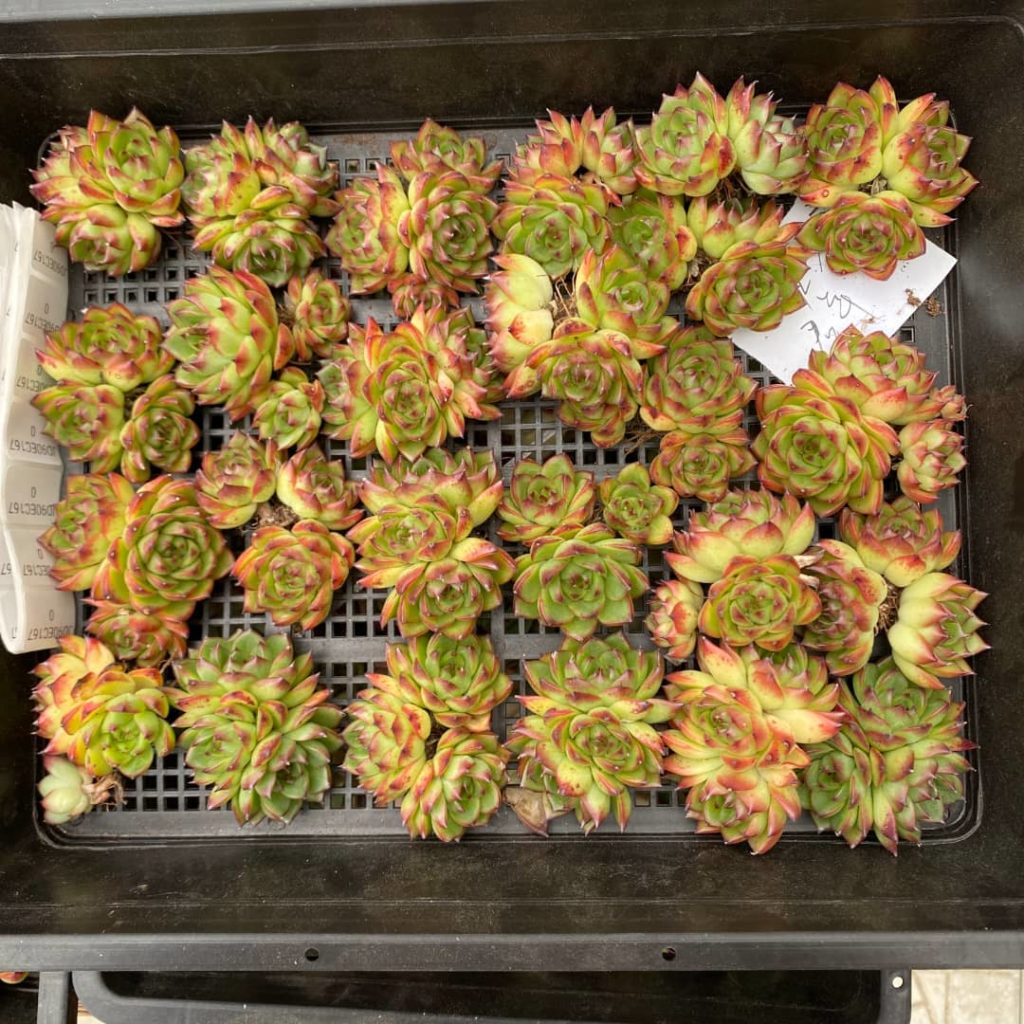
- Fascinating Facts:
2.1. Diverse Species: The Echeveria genus comprises over 150 distinct species, with a myriad of shapes, colors, and sizes. Some popular varieties include Echeveria elegans (Mexican Snowball), Echeveria 'Lola,' and Echeveria agavoides (Lipstick Echeveria).
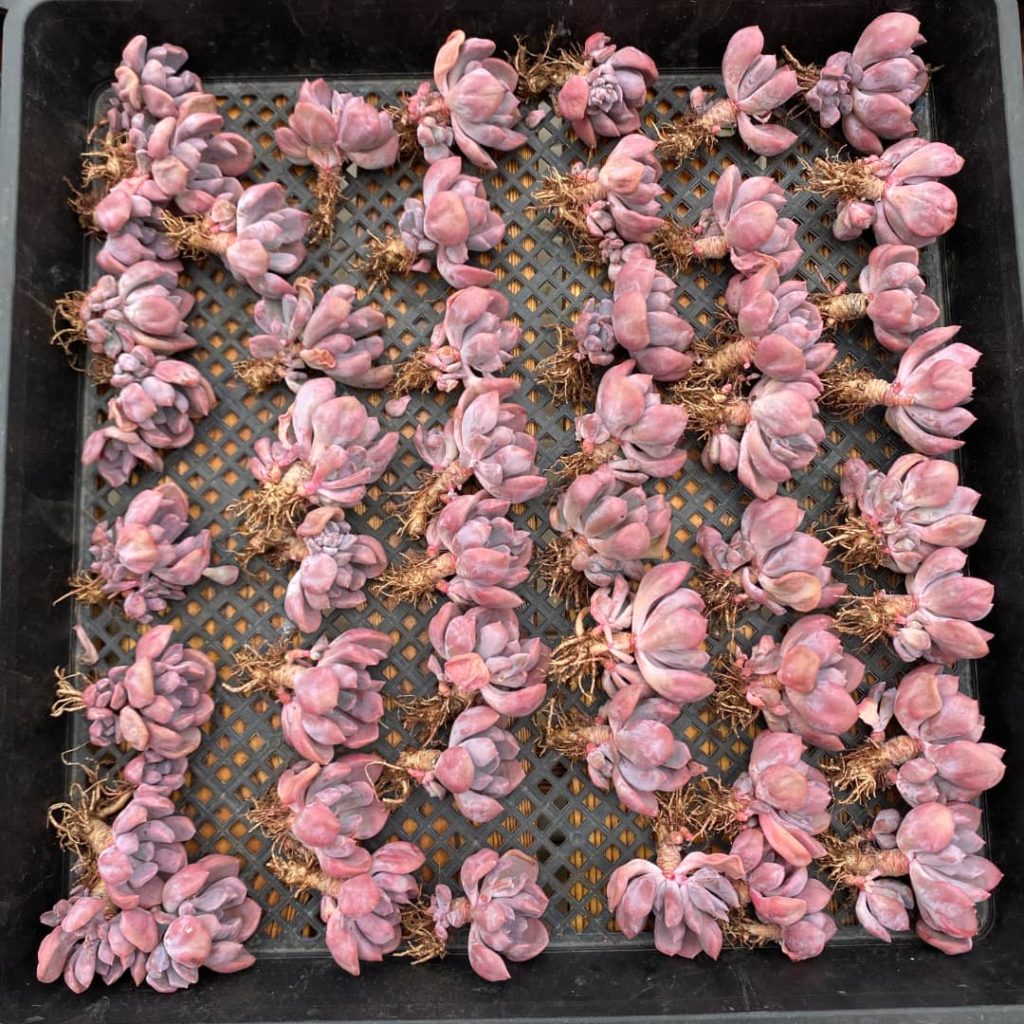
2.2. Rosette Formation: Echeverias are known for their unique rosette formation, where fleshy leaves radiate from a central point, resembling an exquisite flower. The leaves can vary from powdery blue to vibrant green and may have intricate patterns and edges.
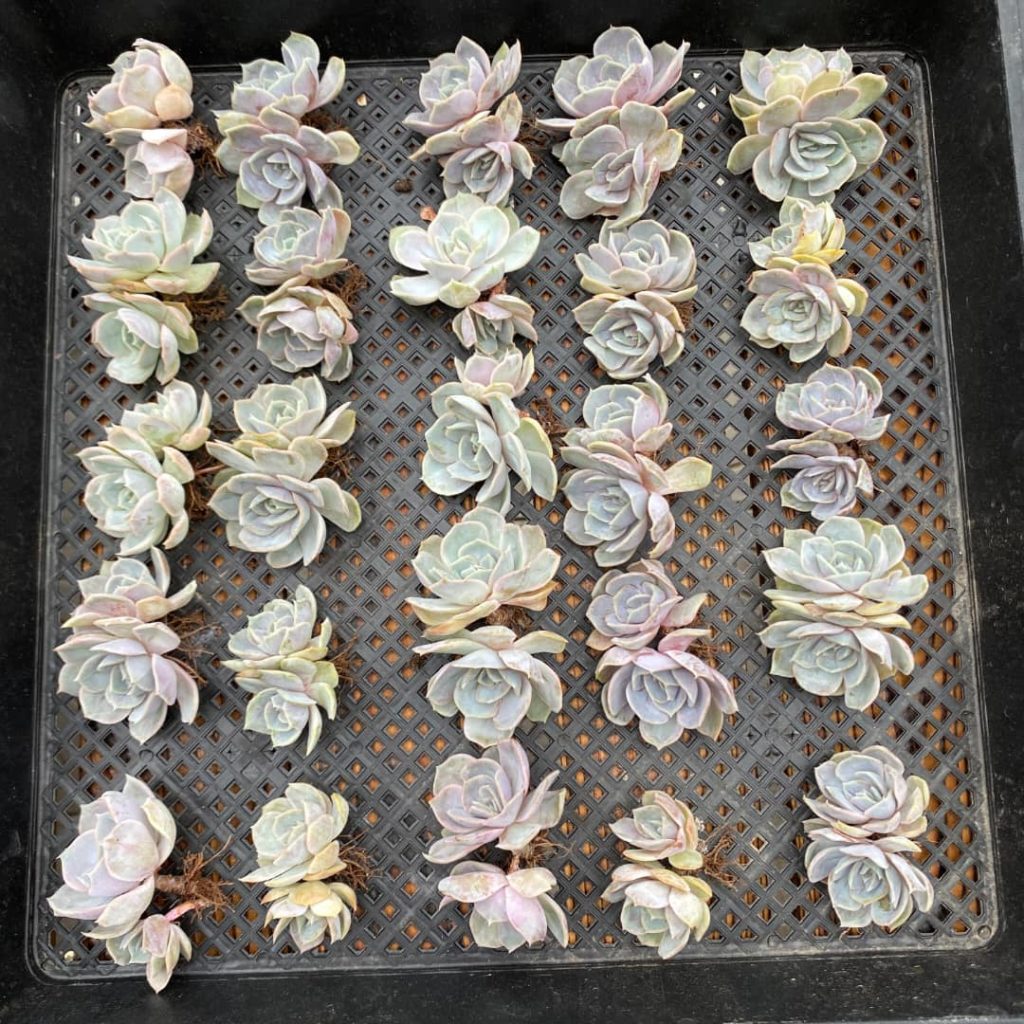
2.3. Low Maintenance: Echeverias are well-loved for their low maintenance requirements. They thrive in bright sunlight and prefer well-draining soil. Their succulent nature allows them to store water in their leaves, making them highly drought-resistant.
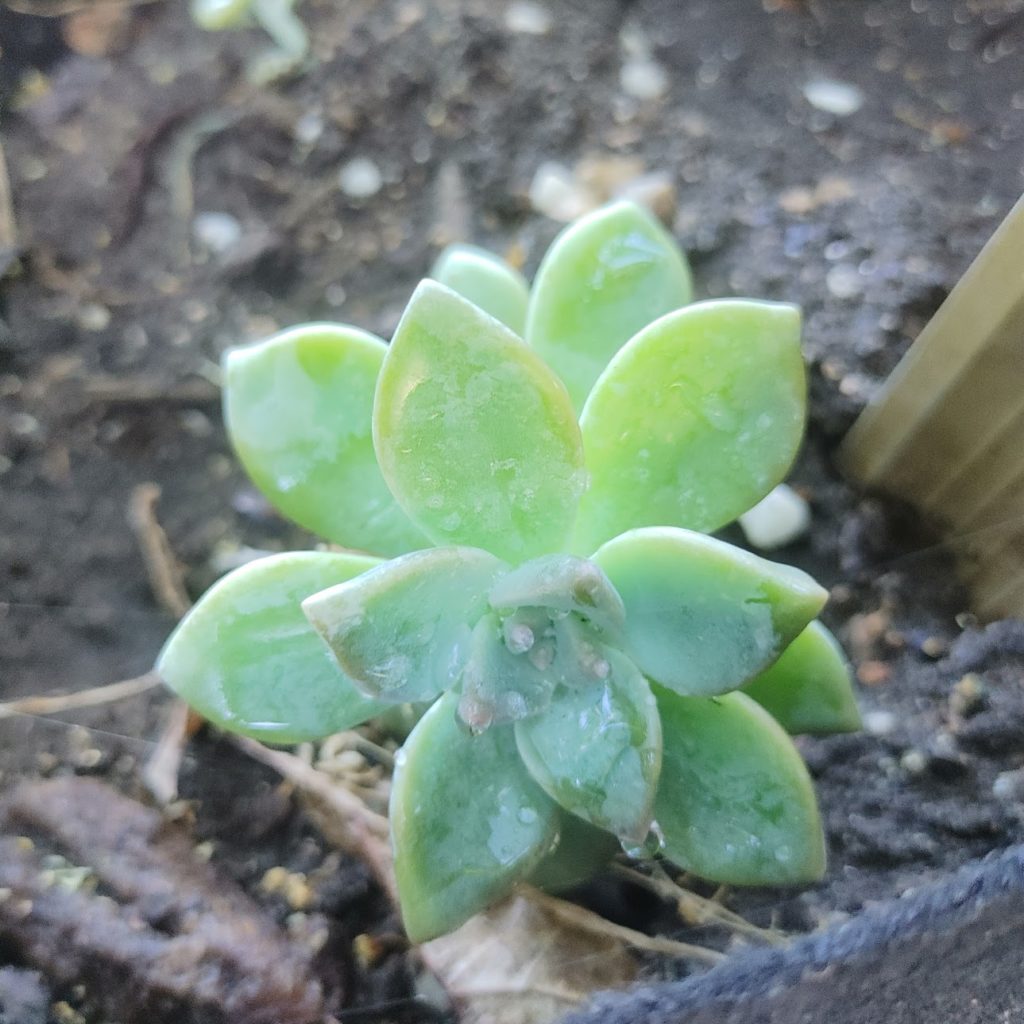
2.4. Propagation: Echeverias can be easily propagated through leaf cuttings and offsets. This simple method has contributed to their widespread availability and popularity among plant enthusiasts.
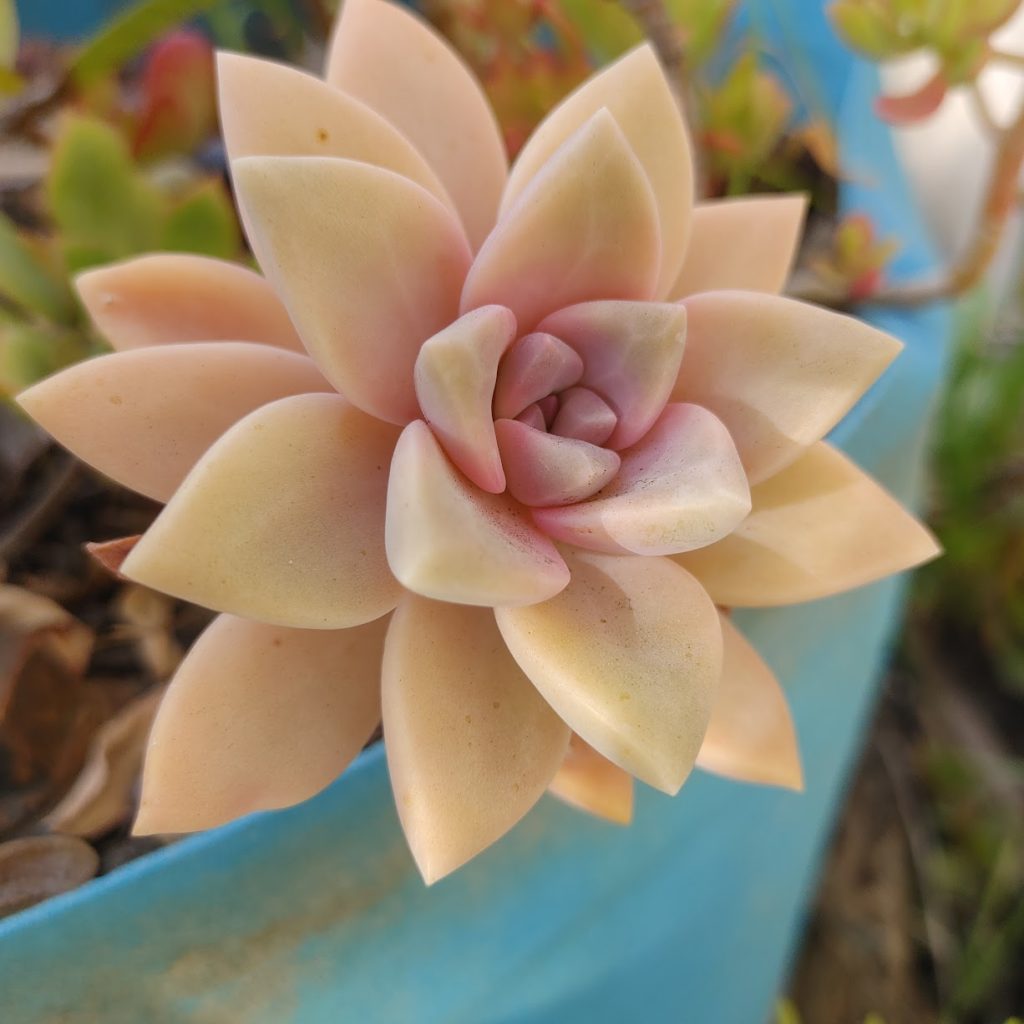
- Health Benefits:
While the primary appeal of Echeveria lies in its ornamental value, there are potential health benefits associated with having these succulents in your living space.
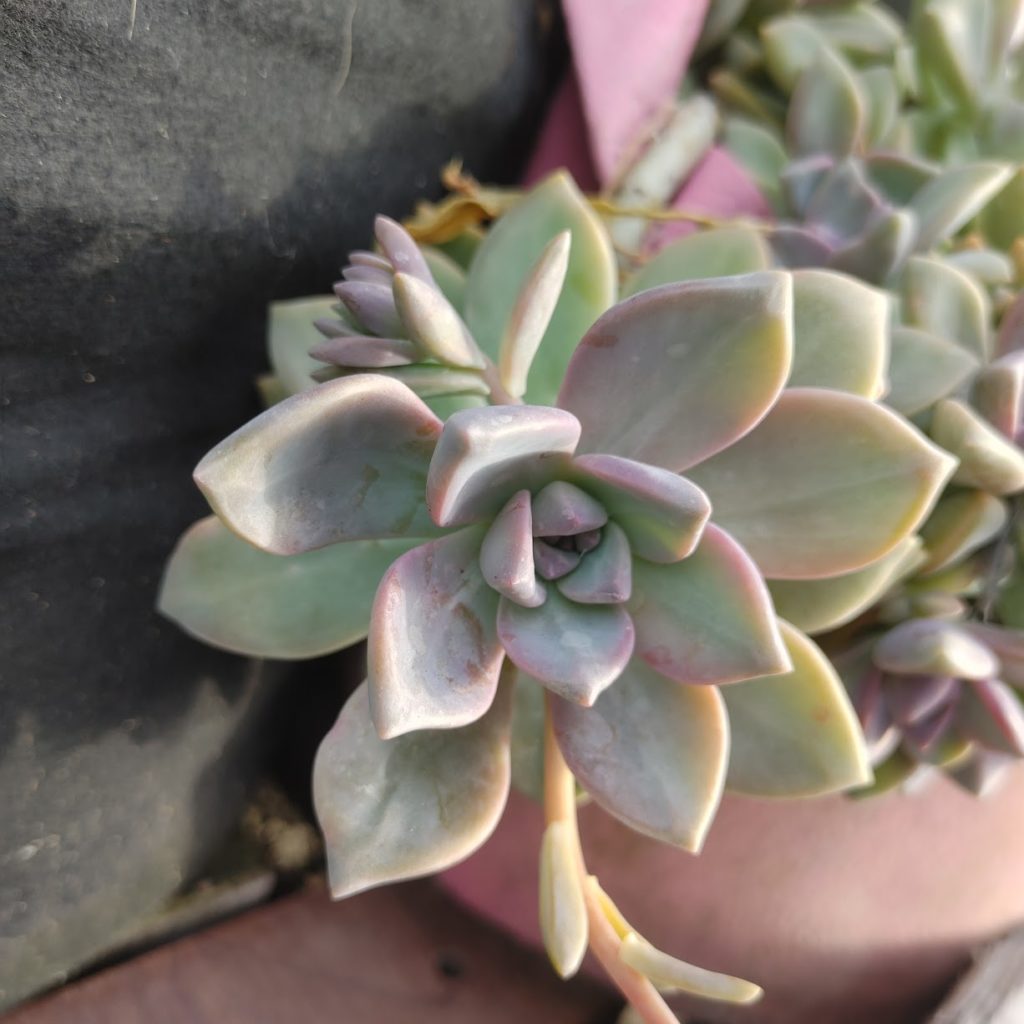
3.1. Air Purification: Like many other houseplants, Echeverias have the ability to purify the air by absorbing carbon dioxide and releasing oxygen. Additionally, they can filter out certain toxins, contributing to improved indoor air quality.
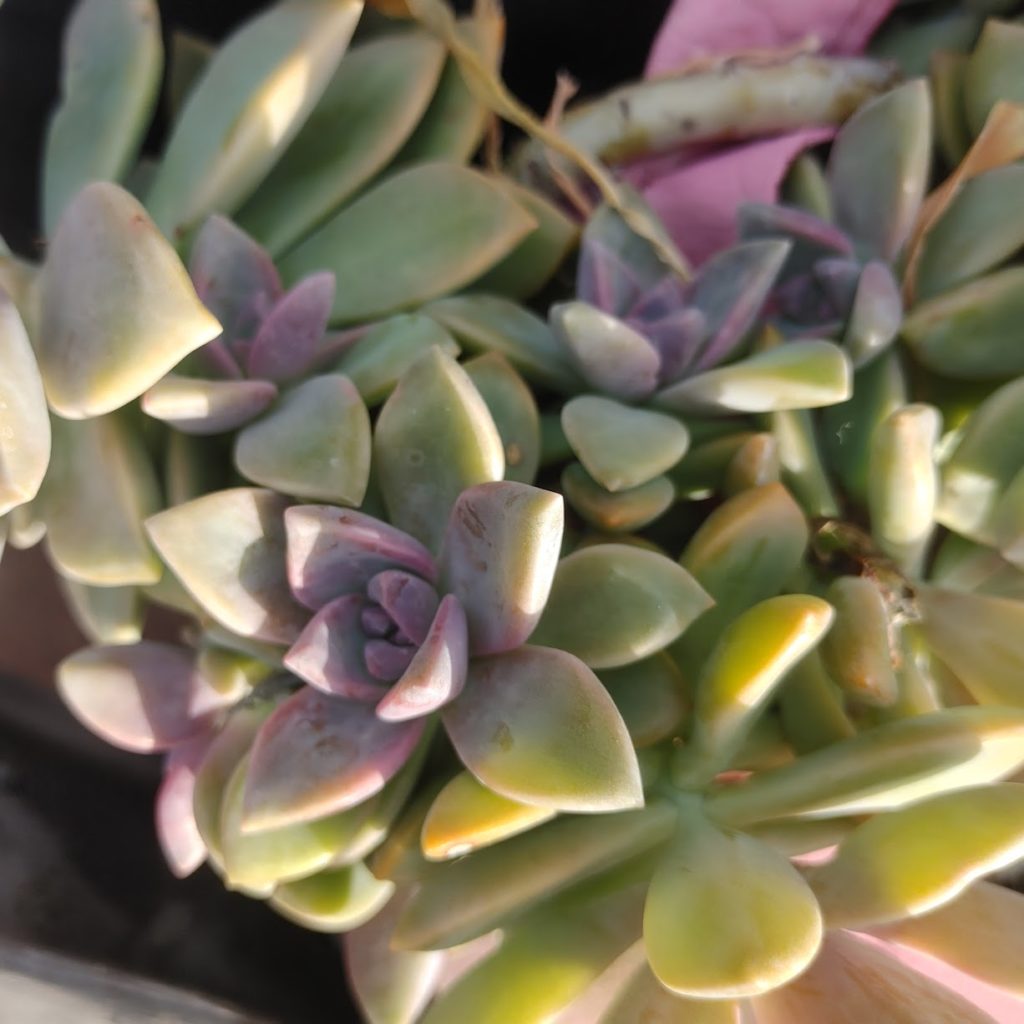
3.2. Stress Reduction: The presence of greenery, including Echeveria, has been linked to reduced stress and improved mental well-being. Caring for these plants can also promote mindfulness and relaxation.
- Future Outlook:
The popularity of Echeveria is unlikely to wane in the coming years, given its numerous attributes and increasing interest in indoor gardening and sustainable living. As more people become aware of the benefits of cultivating Echeveria and other houseplants, these succulents will continue to be an essential part of interior design, office spaces, and even urban gardens.
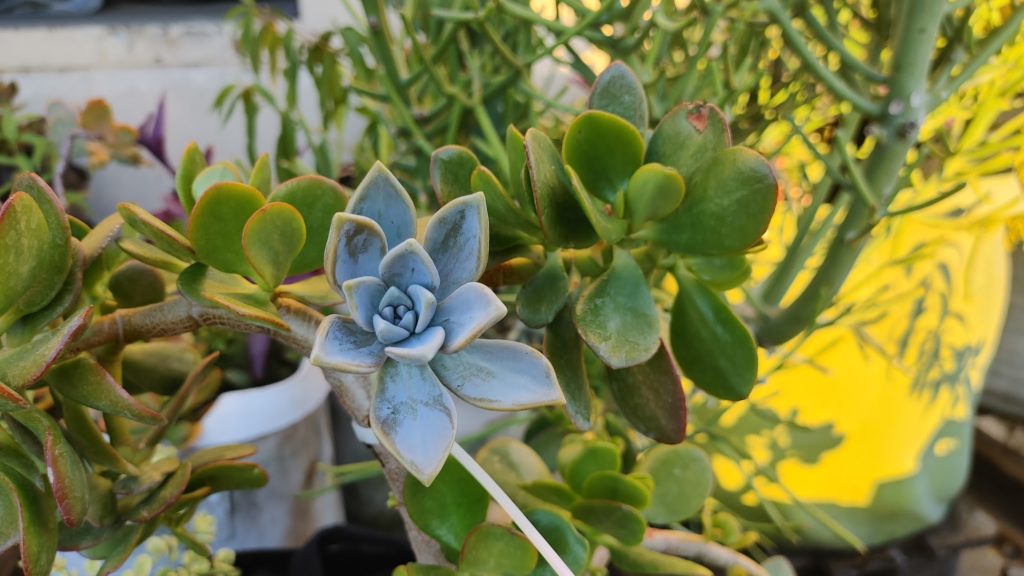
Moreover, ongoing research in horticulture and genetic studies could lead to the discovery of new Echeveria species, hybrids, and cultivars with unique characteristics. This may result in more extensive collections and a wider range of choices for enthusiasts and collectors.
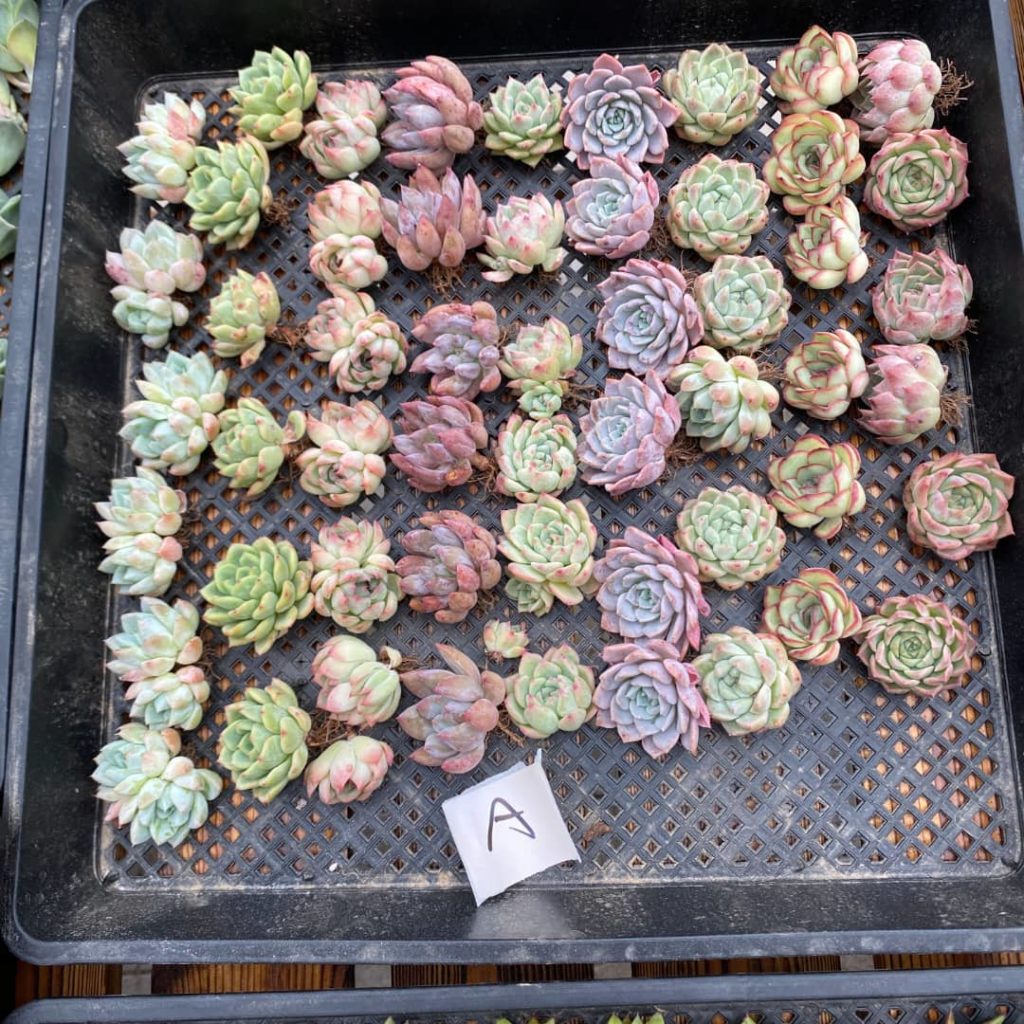
Conclusion:
Echeveria's journey from arid landscapes to our homes and gardens has been an enchanting one. Its allure lies not only in its captivating appearance but also in its resilience and adaptability. As we continue to appreciate and care for these remarkable succulents, we can look forward to a future where Echeveria remains a cherished botanical treasure, enriching our lives and surroundings with its timeless beauty.
Sources:
- Baldwin, B. G. et al. (2013). Echeveria. Flora of North America, Vol. 8. Retrieved from http://www.efloras.org/florataxon.aspx?flora_id=1&taxon_id=111066
- Felger, R. S., & Moser, M. B. (1985). Echeveria. In: Flora Neotropica, Monograph 38. Published by Organization for Flora Neotropica, New York Botanical Garden. Retrieved from https://www.jstor.org/stable/43938748
- Wolverton, B. C. (1996). How to Grow Fresh Air: 50 Houseplants that Purify Your Home or Office. Penguin Books.
- Lee, M. S., & Lee, J. (2019). Interaction with Indoor Plants May Reduce Psychological and Physiological Stress by Suppressing Autonomic Nervous System Activity in Young Adults: A Randomized Crossover Study. Journal of Physiological Anthropology, 38(1), 1-7. doi:10.1186/s40101-019-0212-2
Ready to buy some live echeveria succulent cuttings online? Click here to shop with 247Gaden.com, offering the best deals for live escheveria succulents and more. Prices below are good from 7/21/23 to 7/31/23









